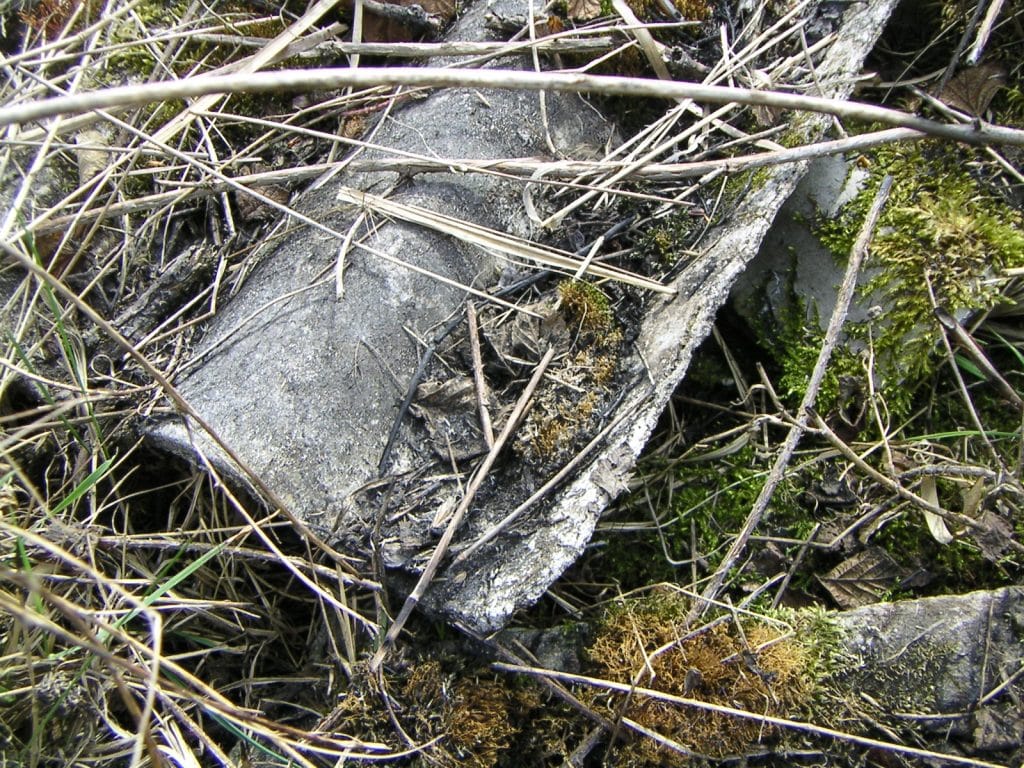Two engineering companies and their director have been sentenced for failing to manage asbestos risk to employees within the workplace.
A large quantity of asbestos containing materials, including asbestos insulating board, were identified during a HSE inspection at factory premises in Kidderminster owned by Kespar Engineering Limited in February 2019. The premises were occupied by SDF Automotive Limited (who went into administration in November 2019). Employees of both companies worked in the premises and the sole director for both companies was Peter Gerard Parkes.
An investigation by the Health and Safety Executive (HSE) identified the failure of all defendants to manage the risks from asbestos within the premises. This included the failure to ensure the suitable and sufficient assessment of the risks to the health of employees working there was carried out. The defendants were aware that asbestos was present within the premises and had previously prepared asbestos management plans however these were not reviewed or updated. The location and condition of the asbestos on site was not actively monitored and the risk of any exposure to asbestos containing materials was not adequately considered or controlled by the defendants.
Kespar Engineering Ltd of Kidderminster, pleaded guilty to breaching Regulations 4 (10), 6 (1) and 11 (1) of the Control of Asbestos Regulations 2012. The company was fined £51,000 and ordered to pay costs of £30,000.
SDF Automotive Limited (in administration) formerly of Kidderminster, pleaded guilty to breaching Regulations 4 (10), 6 (1) and 11 (1) of the Control of Asbestos Regulations 2012. The company was conditionally discharged for two years.
Peter Gerard Parkes of Bridgnorth, pleaded guilty to several counts under Section 37 of the Health and Safety at Work etc Act 1974. These related to his individual failing as a Director of Kespar Engineering Ltd, SDF Automotive Ltd, and Smethwick Drop Forge Ltd in respect of the offences committed by the Companies under his control. Mr Parkes was given a 12-month suspended prison sentence, fined £9,000 and ordered to pay costs of £14,000. The case was heard at Kidderminster Magistrates’ Court.

Speaking after the hearing, HSE inspector Sarah Reilly, said:
“It is important that all dutyholders including company directors recognise the importance of actively managing asbestos containing materials in non-domestic premises and ensure that the potential risk to health posed by the materials is controlled. Health and safety law places duties on organisations and employers – directors can be personally liable and held to account when these duties are breached.”
Asbestos still kills around 5,000 workers each year, this is more than the number of people killed on the road – around 20 trades people die each week as a result of past exposure. However, asbestos is not just a problem of the past. It can be present today in any building built or refurbished before the year 2000.
When materials that contain asbestos are disturbed or damaged, fibres are released into the air. When these fibres are inhaled, they can cause serious diseases. These diseases will not affect people immediately; they often take a long time to develop, but once diagnosed, it is often too late to do anything. This is why it is important that employers and anyone in control of a building have duties to protect employees and others from asbestos risks.
Before undertaking any work in a building that may contain asbestos (e.g. built or refurbished before the year 2000), you need to do the following:
Identify whether asbestos is present and determine its type and condition
- People responsible for maintenance of non-domestic premises, have a ‘duty to manage’ the asbestos in them, and should provide contractors and others with information on where any asbestos is in the building and what condition it is in.
- If no information is available or it is limited and its is suspect asbestos may be present then you should have the area surveyed and representative samples of the material you are going to work on analysed.
- Alternatively, you can assume that any material you need to disturb does contain asbestos and take the appropriate precautions for the highest risk situation.
Carry out an asbestos risk assessment
- Decide if it is possible to carry out the building or maintenance work avoiding the risk of asbestos exposure all together.
- If that’s not possible, identify who might be at risk and the level of possible asbestos exposure from any work.
- On this basis, decide what work methods are necessary to provide effective control of the risks.
Decide if the work needs to be carried out by a licensed contractor
- Most asbestos removal work will require a contractor holding a licence from HSE.
- All work with sprayed asbestos coatings and asbestos lagging and most work with asbestos insulation and asbestos insulating board (AIB) requires a licence.
- Identify if your work needs a licensed contractor.
- Find a licensed contractor or find out how to apply for a licence.
If the work is not licensable, decide if the work needs to be notified
- If it does not need a licence, you can do maintenance work on or around ACMs with the appropriate controls in place.
- Some non-licensed work also has additional requirements, i.e. notification of work, medical surveillance and record keeping – this work is known as notifiable non-licensed work (NNLW).
Ensure those carrying out the work are suitably trained.
- Any worker who is liable to disturb asbestos during their day-to-day work needs to receive appropriate training to enable them to protect themselves and others.
If you require advice on health and safety in your workplace, please contact one of the Ashbrooke team.
